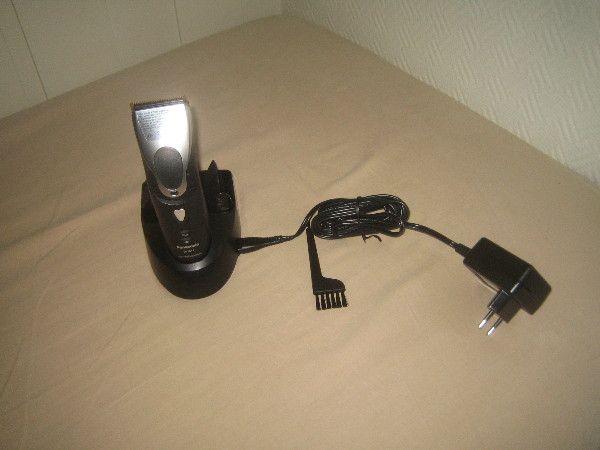Germany is a core area for the -Debian Edu and Skolelinux -user community, and this time I managed to get hold of Wolfgang -Schweer, a valuable contributor to the project from Germany. - -
Who are you, and how do you spend your days?
- -I've studied Mathematics at the university 'Ruhr-Universität' in -Bochum, Germany. Since 1981 I'm working as a teacher at the school -"Westfalen-Kolleg -Dortmund", a second chance school. Here, young adults is given -the opportunity to get further education in order to do the school -examination 'Abitur', which will allow to study at a university. This -second chance is of value for those who want a better job perspective -or failed to get a higher school examination being teens.
- -Besides teaching I was involved in developing online courses for a -blended learning project called 'abitur-online.nrw' and in some other -information technology related projects. For about ten years I've been -teacher and coordinator for the 'abitur-online' project at my -school. Being now in my early sixties, I've decided to leave school at -the end of April this year.
- -How did you get in contact with the Skolelinux/Debian Edu -project?
- -The first information about Skolelinux must have come to my -attention years ago and somehow related to LTSP (Linux Terminal Server -Project). At school, we had set up a network at the beginning of 1997 -using Suse Linux on the desktop, replacing a Novell network. Since -2002, we used old machines from the city council of Dortmund as thin -clients (LTSP, later Ubuntu/Lessdisks) cause new hardware was out of -reach. At home I'm using Debian since years and - subscribed to the -Debian news letter - heard from time to time about Skolelinux. About -two years ago I proposed to replace the (somehow undocumented and only -known to me) system at school by a well known Debian based system: -Skolelinux.
+
+
Students and teachers appreciated the new system because of a -better look and feel and an enhanced access to local media on thin -clients. The possibility to alter and/or reset passwords using a GUI -was welcomed, too. Being able to do administrative tasks using a GUI -and to easily set up workstations using PXE was of very high value for -the admin teachers.
+I normally cut my hair short, and my tool of choice has been a +common hair/beard cutter, bought in a electrical shop here in Norway. +But the last ones have not really been up to the task. My last +cutter, some model from Braun, could only cut a few of my hairs at the +time, and cutting my head took forever. And the one before that did +not work very well either. We have looked for something better for a +while, but it was not until I ended up visiting a hairdresser that we +discovered that there are indeed better tools available. But these +are not marketed and sold to "regular consumers". The hair saloons +can get them through their suppliers, but their suppliers only sell +companies. The models they sell, are very different from the ones +available from Elkjøp and Lefdal. The main difference is their +efficiency. It would cut my hair in 5 minutes, instead of the 30-40 +minutes required by my impotent Braun. The hairdresser I visited had +a Panasonic ER160, which unfortunately is no longer available from the +producer. But I found it had a successor, the Panasonic ER1611.
-What do you see as the advantages of Skolelinux/Debian -Edu?
+The next step was to find somewhere to buy it. This was not +straight forward. The list of suppliers I got from the hairdresser +did not want to sell anything to me. But searching for the model on +the web we found a supplier in Norway willing to sell it to us for +around NOK 4000,-. This was a bit much. We kept searching and +finally found a Danish supplier +selling +it for around NOK 1800,-. We ordered one, and it arrived a few +days ago.
-It's open source, easy to set up, stable and flexible due to it's -Debian base. It integrates LTSP out-of-the-box. And it is documented! -So it was a perfect choice.
+The instructions said it had to charge for 8 hours when we started +to use it, so we left it charging over night. Normally it will only +need one hour to charge. The following evening we successfully tested +it, and I can warmly recommend it to anyone looking for a real hair +cutter. The ones we have used until now have been hair cutter +toys.
-Being open source, there are no license problems and so it's -possible to point teachers and students to programs like -OpenOffice.org, ViewYourMind (mind mapping) and The Gimp. It's of -high value to be able to adapt parts of the system to special needs of -a school and to choose where to get support for this.
+